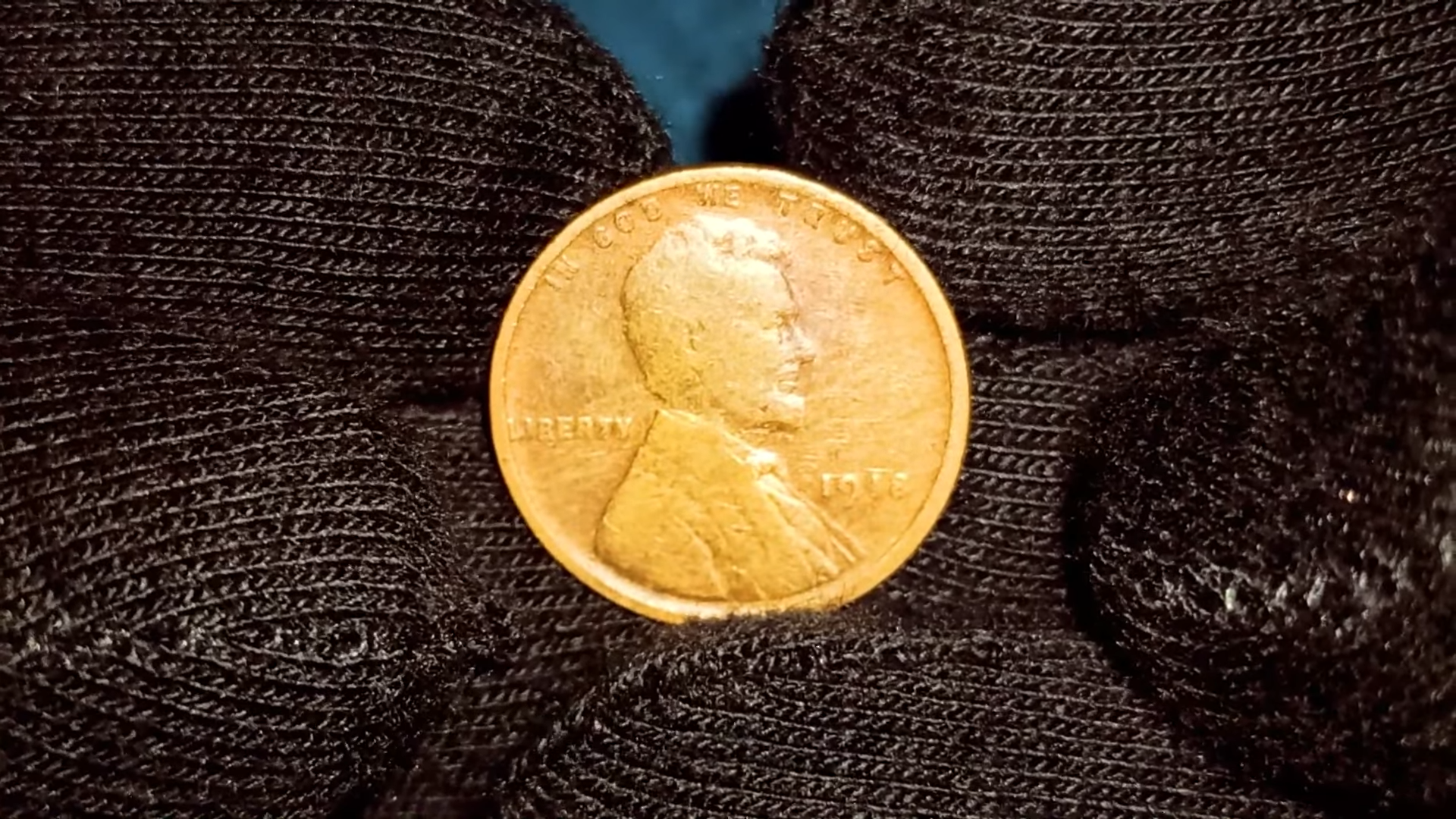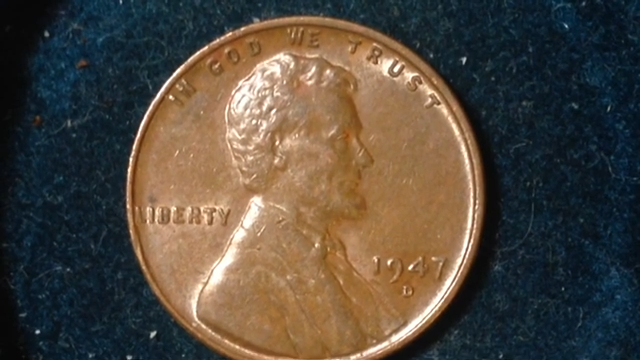The Lincoln Wheat Penny Valued at $1.3 Million, Still in Circulation
The Lincoln Wheat Penny, a staple of American coinage from 1909 to 1958, has always been popular among collectors. Yet, one particular version of this coin has recently made headlines—a 1943 copper Lincoln Wheat Penny valued at an astounding $1.3 million. Despite its rarity, reports suggest that a few of these prized coins might still … Read more










